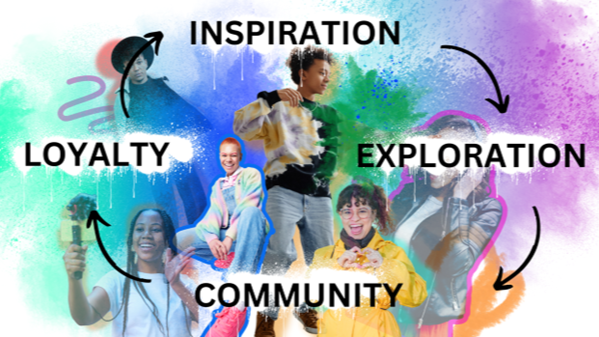We need to bring down the barriers to participation for minority workers

The workforce is a crucial component of the economy and the overall prosperity of society, so it’s essential to ensure that as many people as possible can participate in it. Amidst the tightest labour market in history, the pressure is really on.
The rise in Australia’s workforce participation rate from 66% in January 2020 to 67% in June 2022 was largely due to more women entering the workforce, which can be attributed to increased flexible working opportunities due to the pandemic. A win for women, a win for employers with roles to fill, and a win for the economy. However, the opposite has been true for those with significant disability and health barriers with a proportional decrease in participation.
Opportunities to work for all
While further progress can be made on removing barriers and getting more women into the workforce, increasing workforce participation across the board can lead to a more productive and dynamic economy. The main reasons why people are not available to work are studying, illness or disability, and caring for children. This is why it’s essential to support all workforce participants, including those who face barriers to employment, including individuals with disabilities, elderly people, and people from minority groups. According to the ABS, in 2020-21, of the 19.6 million people in Australia aged 18 years and over, there were 11 million people who did not work full-time and around 4 million people not participating in the labour force (excluding retirees and those unable to work) and 26% of this segment wanted a job. Adding to this, there were around 1 million people working less than 16 hours, of whom 37% would like to work more hours.That’s a lot of people willing to work during a period when organisations are navigating one of the tightest labour markets in history. By taking advantage of this untapped pool of job seekers, employers can benefit from their skills and capabilities. The difference in workforce participation between individuals with and without disabilities is significant, making now the perfect opportunity for employers to benefit from this group of talented individuals.
Who is impacted?
In Australia, some of the most significant minority groups that face barriers to employment aside from women include:
- People with disabilities face a range of barriers to employment, including physical barriers, attitudes and stigma, and a lack of accessible job opportunities. Only 53% of individuals with disabilities are participating in the workforce, compared to 84% of those without disabilities, indicating a vast pool of undiscovered talent. Australia ranks 21 out of 29 OECD countries for labour force participation of people with a disability. Consider that 88% of employed working-age people with disability do not require additional support from their employer to work and 83% of employed working-age people with disability do not need time off from work because of their conditions.
- Indigenous Australians are significantly underrepresented in the workforce, and Indigenous unemployment rates are consistently higher than the national average. To achieve employment parity, Indigenous employees should comprise approximately 3.3% of workers. Companies that do proactively source ATSI candidates often prioritise recruitment over employee retention and development, and there is practically zero representation of Indigenous Australians in senior leadership roles.
- Migrants and refugees can face challenges including language barriers, lack of recognition of foreign qualifications, and discrimination.
- LGBTQI+ individuals can face discrimination and a lack of inclusive policies in the workplace, leading to lower rates of employment and career advancement.
- Mature workers may face age discrimination and a lack of job opportunities, leading to a higher rate of retirement and lower workforce participation.
Increased workforce participation benefits us all
Not only is workforce participation good for society, but it’s good for individuals. Workforce participation is a critical aspect of an individual's wellbeing, as it provides physical, emotional, and financial benefits. Workforce participation can provide people with a sense of purpose and fulfilment, as it allows them to make a valuable contribution to society. It also provides an opportunity to interact with others and form new social connections, helping to combat loneliness and social isolation, which are associated with negative impacts on mental and physical health. By providing education and training opportunities to minority groups, we can equip people with the skills they need to participate in the workforce and meet the changing demands of the labour market and ensuring that all citizens have access to employment and the benefits that come with it.
The impact of the economy
Rising interest rates are expected to slow the economy in 2023, which may lead to a decrease in demand for labour. Interest rates tend to result in more people seeking employment or working more hours. I expect this will be the case in 2023 as the impact of interest rate hikes affect homeowners’ cash flow and more people move off low fixed-rate home loans. Increased immigration and changes in government policies could also lead to more people trying to enter the workforce or seeking more hours. Now is the ideal time for companies to widen the talent pool and consider the advantages of hiring people from underrepresented workforce groups. Attracting minority groups requires a proactive approach to diversity and inclusion, from the development of a positive workplace culture to strategic partnerships with diverse organizations. By implementing these strategies, your company can attract and retain a diverse and inclusive workforce, promoting equality and driving success. The importance of workforce participation goes far beyond getting women back into the workforce. By considering the broader picture, including people from diverse backgrounds and circumstances, we can foster a more inclusive and dynamic economy, as well as a more equitable and prosperous society for all.



